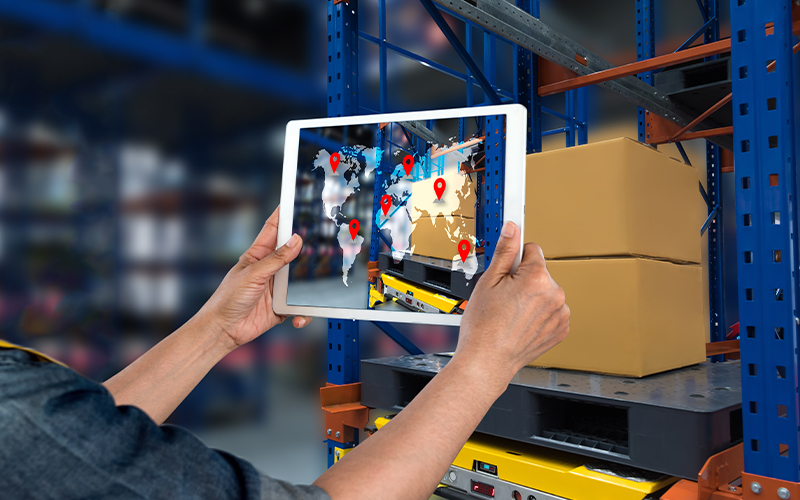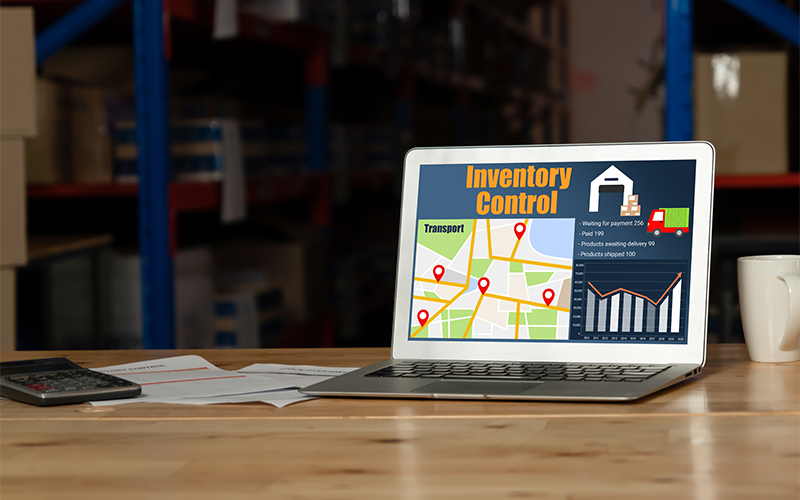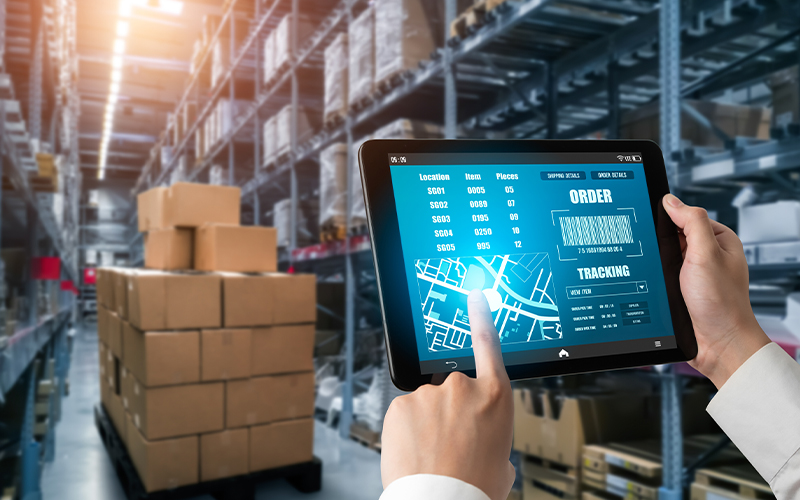Supply Chain
Collaborative Effects on Intelligent Supply Chains
The entire world has felt the impact of COVID-19. Its repercussions reverberated across several supply chains the world over, causing unprecedented disruption, especially for critical medical supplies. The sudden astronomical need for medical masks coincided with nearly 50% of the world’s manufacturing shutting down where people were unable to go back to work for uncertain periods given country-specific protocols, as governments battled to manage the pandemic. Inventories of masks were rapidly depleted, demands were increasing as governments across the world began issuing guidance around wearing masks and, in many cases, strict adherences that demanded masks. Setting up new plants would not immediately meet demands and costs would be sky high. The shortage of basic mask making material compounded matters and supply chains were unable to respond to this need. From raw material supply, to manufacturing, to delivery across the world, data and coordination had been siloed and fragmented upstream and downstream, across the supply chain, leading to vast shortages in mask supply. It finally took the world quite some time to resolve, re-start, coordinate and meet the need. Had supply chains been connected, had the partners in the chain collaborated and shared data on material availability, procurement times, production scheduling and market forecast, the shortfall could have been rapidly mitigated.
What then are intelligent supply chains? How do they play a role in creating a coordinated supply chain? This article addresses some of these questions.
The rate of change in environments is affecting businesses. Every business needs a robust and intelligent supply chain, assisted with AI-based thinking systems to automatically look at the “chain” from raw material, manufacturing, product intake, logistics, transport and delivery to ensure that the right product is available to the right customer at the right time.
To address these factors, all elements of a supply chain must be integrated and coordinated using shared networks and data to improve forecasting, budgeting, decision making and efficiency. Artificial Intelligence (AI) is the brain of such a network that contains machine learning and predictive analytics. Logistics patterns are analysed from various supply chain elements using big data and deriving relationships with business trends, to create an intelligent supply chain that provides better accuracy and visibility.
Critical areas of supply chains include demand planning, warehouse management, customer service, and last mile delivery.
An intelligent supply chain is an interconnected network of intelligent elements with a digital core. The elements include smart factories, connected customers, intelligent logistics and smart and synchronised planning that provides visibility into the entire network.
Key trends for an intelligent supply chain network are
- Predictive capabilities that help demand forecasting
- Genetic algorithms that improve delivery time and optimise costs
These are fulfilled through interconnected cloud logistics, data analytics, robotics and automation, drones, and autonomous and intelligent vehicles.
Data from Gartner indicates that 37% of companies that have some form of AI in their supply chain have seen substantial improvement in inventory management, workforce productivity, operational efficiency, and overall customer experience.
Trends on intelligent supply chains include:
- Enhanced supply chain coordination – The pandemic has highlighted that independent working entities will die out fast. The value of a supply chain is high only when there is data sharing and collaboration to provide end-to-end visibility, and algorithms that can predict, mitigate, and improve efficiency by actively responding to constraints and bottlenecks in the supply chain. Seamless supply chain movement will be driven by AI & ML platforms throughout upstream and downstream operations.
- Intelligent workflow improvement – Supply chain networks that are transparent, responsive and adaptive will improve process efficiencies. These are built on foundations of real-time data processing through shared data networks and machine learning and help to manage changes with advanced analytics to alter business processes to meet business goals.
- Sustainable operations – Companies are consciously investing in AI-driven sustainability programs to address critical supply chain areas globally
- Timely Innovation – Finding the right balance between supply and demand continues to be a challenge for businesses. To meet dynamic customer needs and maintain costs while delivering hyper-productivity*, companies will rely more on AI-driven innovation to accelerate innovation and be able to respond to changing environments.
In summary, intelligent supply chain optimization are driving business growth and customer experience and will continue to do so in the coming years. Data sharing and trust will be the bedrock of efficiency and timeliness. This calls for companies along supply chains to collaborate and coordinate efforts to build trustworthy and secure networks where critical data is shared across the supply chain and algorithms for AI will work to provide timely insights and responses. With dynamic environments, companies will be able to respond quickly and realise efficiencies with an intelligent supply chain.
*For organizations on the digital transformation journey, agility is key in responding to a rapidly changing technology and business landscape. Now more than ever, it is crucial to deliver and exceed on organizational expectations with a robust digital mindset backed by innovation. Enabling businesses to sense, learn, respond, and evolve like a living organism, will be imperative for business excellence going forward. A comprehensive, yet modular suite of services is doing exactly that. Equipping organizations with intuitive decision-making automatically at scale, actionable insights based on real-time solutions, anytime/anywhere experience, and in-depth data visibility across functions leading to hyper-productivity, Live Enterprise is building connected organizations that are innovating collaboratively for the future.






